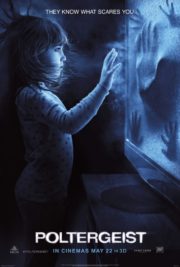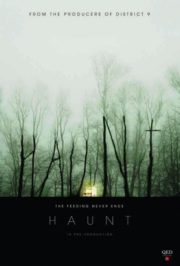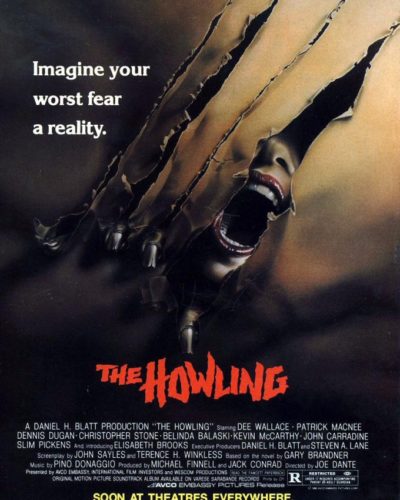An Elegantly Disturbing Waltz: “Stoker” Unraveled
“Sometimes you need to do something bad to stop you from doing something worse.” This unsettling line from Park Chan-wook’s 2013 film “Stoker” acts as a sinister whisper, inviting viewers into a web of psychological horror that is as stylish as it is disturbing. A brief spoiler-free synopsis sets the scene—on her 18th birthday, India Stoker (Mia Wasikowska) loses her father in a tragic accident, and her life spirals into mystery when her enigmatic Uncle Charlie (Matthew Goode), whom she never knew existed, comes to live with her and her unstable mother, Evelyn (Nicole Kidman). What unfolds is a tale dipped in shadow and suspense, where family secrets cut deeper than knives, and nothing is quite as bloodless as it appears.
Molding the Macabre: Atmosphere and the Art of Tension
At the heart of “Stoker” is an atmosphere thick with a haunting melody of unease. Park Chan-wook, known for his visceral filmmaking, employs a masterful blend of suspense and an omnipresent sense of foreboding to envelop the audience in the film’s psychological horror. He steers clear from the jump-scare laden paths of modern horror, instead building tension with methodical precision. Each lingering glance, each subtly off-kilter interaction, serves as a thread in an increasingly taut rope, promising to snap at any moment but never quite doing so when anticipated.
A Canvas Painted in Shadows: Cinematography and Sound
The film’s cinematography stands as a testament to the power of visual storytelling, with the camera serving as both a silent observer and a reveal of the characters’ inner turmoil. Lighting and color palettes are wielded with intentionality, painting every frame with shades of isolation and desperation. The camera angles and lingering shots create a dance of visibility and obscurity, forcing the viewer to look beyond what is immediately seen.
Accompanying the striking visuals is a soundtrack that weaves itself seamlessly into the film’s fabric. Sound effects are sparing yet effective, punctuating the silence with a sharpness that is almost physical, while the absence of sound in certain scenes amplifies the tension to near unbearable levels. The orchestral score by Clint Mansell maintains a classical poise that juxtaposes the spiraling chaos, highlighting the unsettling blend of beauty and dread.
Haunting Performances: The Soul of “Stoker”
The performances breathe life—however eerie it may be—into the story’s veins. Mia Wasikowska’s portrayal of India is hauntingly stoic with undercurrents of simmering intensity, while Matthew Goode’s Uncle Charlie is all charm and menace, embodied with an elegance that is nearly hypnotic. Nicole Kidman, as Evelyn, floats through scenes with a detachment that hints at deeper layers of discontent and longing. Each actor’s commitment to their roles shapes a family portrait that is both enthralling and horrifying in its implications.
The harmonious interplay between cast members further solidifies the film’s identity as a psychological thriller, where the true horror is rooted in the uncertainty of intentions and the quiet subversions of character.
Unnerving Echoes: The Lasting Impressions of Fear
“Stoker” navigates through the psychological horror subgenre with a deft hand, eschewing overt gore for a more cerebral approach that is often more unnerving. Its methods for inducing fear are meticulously crafted—more psychological warfare than physical confrontations, ensnaring the audience in the same traps of the mind that the characters find themselves in.
Underlying the unsettling narrative, the film touches on themes such as the loss of innocence, the destructive nature of secrets, and the dark inheritance that can bind a family together. By weaving these layers into its fabric, “Stoker” becomes more than a montage of chilling moments; it becomes a thought-provoking exploration of nature versus nurture, and the monsters that we may harbor within ourselves.
Evaluating “Stoker’s” effectiveness as a horror film, one must recognize its finesse and artistry in invoking dread rather than relying on explicit shocks. Park Chan-wook has sculpted a film that is deliberate and refined in its approach, offering a chilling experience that will linger with viewers long after the credits roll.
Fans of atmospheric horror, as well as those with an appreciation for films that tap into the psychological terror of the unknown, will find “Stoker” to be an absorbing exercise in tension. The film stands as a unique work that may not resonate with everyone—its deliberate pacing and emphasis on psychological elements may not satisfy those seeking traditional horror beats. However, for the discerning viewer open to being immersed in a story that horrifies with elegance, “Stoker” is an invitation that shouldn’t be declined.
In closing, “Stoker” is both haunting and stylistically precise, a horror film for those who prefer their frights served with a side of psychological introspection. Its strengths lie in its atmospheric tension, visual storytelling, and compelling performances—all of which align to create a film that commands attention. With its mature themes and lack of visceral gore, “Stoker” offers an experience that challenges the boundaries of conventional horror, making it suitable for those who yearn for depth in their cinematic frights.




